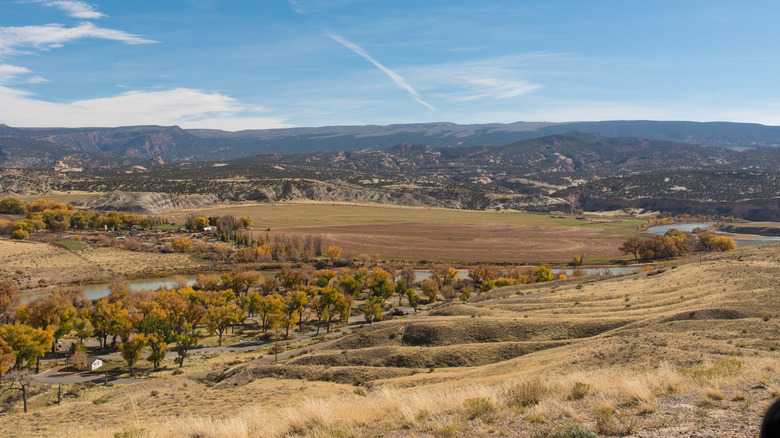A 50 Million-Year-Old Fossil Spiced Up What We Knew About Chili Peppers
The world of chili peppers has changed a great deal in the last decade as a wave of spice obsession has swept through much of our global, and particularly American, consciousness, buoyed by pop-culture phenomena like Hot Ones and the Paqui One Chip Challenge. Spicy food is literally getting spicier thanks to chili breeders like 'Smokin' Ed Currie, creator of the notorious Carolina Reaper and the excruciating Pepper X, which is currently considered the spiciest chili in the world. But Currie and his fellow capsicum cultivators are just the latest link in an evolutionary chain that reaches far back in history, further, it seems, than we have long assumed.
The ancient roots of chiles have drawn much attention from chefs, foodies, botanists, and archaeologists alike, but a recent discovery upended almost everything we once believed about their origins. Previous research into the history of chili peppers has consistently placed their point of origin in South America around 10 to15 million years ago. However, researchers at the University of Colorado, Boulder have made a shocking discovery that suggests chiles could be as much as five times older than we thought, and their geographical point of origin is now anything but certain.
Chiles are much older than we thought
In March of 2023, a team from the University of Colorado led by postdoctoral researcher Rocío Deanna published a groundbreaking paper in the scientific journal New Phytologist, revealing the discovery of fossil records suggesting that chili peppers existed as much as 50 million years ago (perhaps more) and in North America no less. As it turns out, the evidence was lying right under our noses for years. In 2021, Deanna and undergraduate biology student Abel Campos were checking out specimens at the CU Boulder Museum of Natural History, originally uncovered in the 1990s, when they spotted something unexpected.
Chili peppers have little jagged caps at the base of their stems, covering the top of the fruit. You'll see similar features on tomatoes and eggplants. All of these species fall within the nightshade family, and this cap is technically known as a calyx. There are only about 80 to 90 plant species on Earth with calyxes that look like this, so, when Deanna and Campos noticed similar calyxes in two fossil samples from the CU museum, as well as a third from the Denver Museum of Nature and Science, they were surprised to say the least. The fossils were characteristic of chili peppers, but they were between 40 and 50 million years old, four to five times older than we'd thought chili peppers could be. What's more, these specimens didn't come from South America, the assumed origin of chiles. They came from Colorado.
Chili peppers may have originated in North America
The fossils analyzed by Deanna and her team came from the Green River Formation, a group of ancient, dried-up lakes around the intersection of Colorado, Wyoming, and Utah. It is one of the most significant sites for fossils from the Eocene era, the epoch between 34 and 56 million years ago that has yielded some of the earliest mammalian fossils. This not only changes our understanding of how long chiles have existed, but where they originated.
As mentioned, it has long been believed that chiles are endemic to South America, and the prevailing thought has been that birds carried their seeds to North America over the course of their migrations. The fossils from Colorado open up the possibility that chiles actually spread in the opposite direction, although this is far from certain.
Colorado doesn't seem like the kind of place where chili peppers would be likely to grow at all, considering that these plants demand a hot environment, but conditions were very different during the Eocene. The amount of carbon dioxide in the atmosphere at that time was double what it is today, and there was little to no ice present on Earth. Sea level was more than 150 meters higher than it currently is, and the environment was warm enough that palm trees grew in Alaska. It is no stretch to imagine that chiles could have grown in the Green River region at this time, opening numerous doors for future research.


